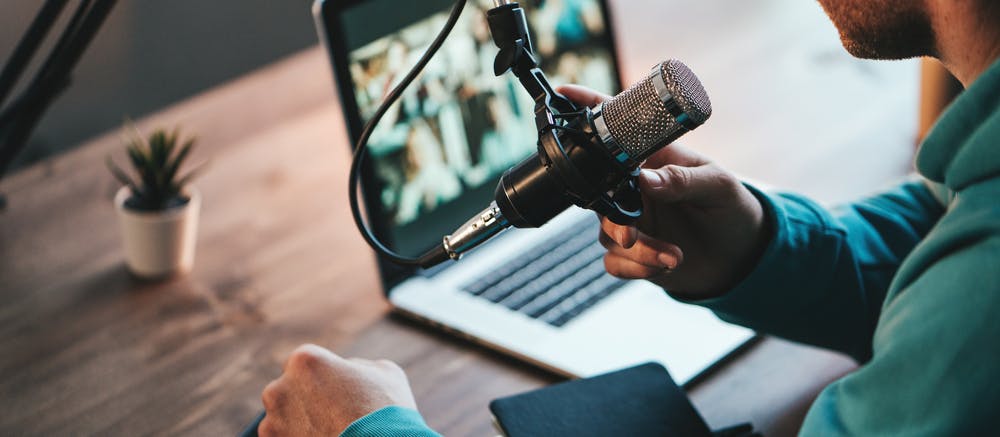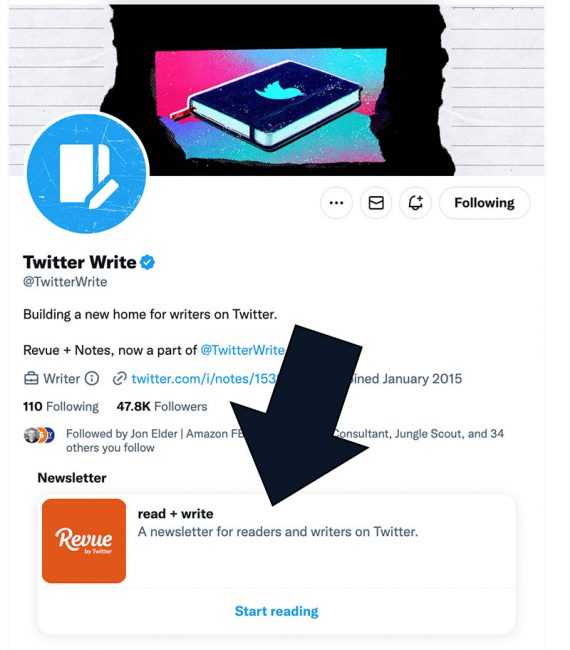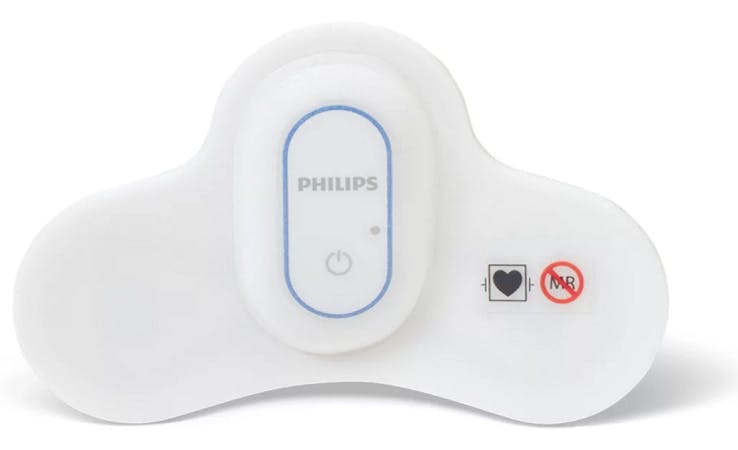
One of the main benefits of influencer marketing is that it helps to drive brand awareness and build audiences. The influencer’s audience becomes the brand’s, in many instances. In order to build on this, brands at GRIN’s event also suggested looking at multiple verticals, which means expanding out from your brand’s niche or category.
Three marketing trends shaping the influencer industry in 2022
1. Look beyond follower count
“As we all know with TikTok and Reels now, we need so much content, and really there’s only so much a brand can do in-house,” she said. “Creators could be nano influencers – people that could even only have 1,000 followers, but these guys are very creative. They have the ability to produce video and static content that’s super compelling.”
When it comes to finding influencers to partner with, Athletic Greens’ Emily Drake suggests that looking to your friends and family can be a fruitful activity, particularly when it comes to finding influencers who are closely engaged with their audience and vice versa. “It’s impossible to know – the first time you look at someone’s Instagram – whether they have a close connection with their audience. You can read all the cues, but you haven’t been following them for maybe months or years. Whereas, if your friend says, ‘I’ve been following her for years’ and they always trust her recommendations… lean into that.”
“Because it’s all about building a personal relationship,” he explained. “Another thing, too, is if there are any last-second campaigns, or we need some content last minute… since we have relationships with these micro influencers, it’s easier to quickly tap into them and say ‘hey, can you do this for us?’ Where working with a celebrity, it’s tougher to get into contact with them or if you have to go through an agency or a manager. So again, it’s working with these micro influencers to kind of build a tight-knit, family-oriented community.”
Finally, perhaps highlighting the maturity of influencer marketing (and that of the growing creator economy), Nutrabolt’s Matt Marconi echoed this sentiment.
2. Enlist smaller influencers for content agility and tighter communities
Megan Geiss Harrop says that BFA Industries regularly encourages its existing creator community to share links to its brand ambassador program, which typically leads to a tonne of application entries.
Perhaps unsurprisingly, given the heightened focus on authenticity, brands are expanding their remit of smaller influencers, otherwise known as micro or nano influencers. Matt Marconi, influencer manager for health and wellness company Nutrabolt, explained that micro influencers are the ‘bread and butter’ for his brand.
“I would say the majority of our efforts are really in our nano and micro influencer programmes,” also stated Lydia Lee, senior marketing manager for coffee creamer brand nutpods. The reason, she explained, is that smaller creators are more likely to lead to longer-term relationships.
Influencer marketing has become an integral part of the marketing mix for many brands today. But how can brands ensure that they forge successful influencer partnerships in a crowded and evolving creator economy?
3. Make the most of burgeoning creators
“We’re really fortunate that our creators rate the programme highly, so this leads to sometimes thousands of applications in one week. It’s a lot, but we find that they are higher quality, they are already engaged, they have brand intent and a connection within the community that makes them a really good entry point,” she stated.
However, a mistake would be to not explore communities outside and adjacent to this.
Many other brands at ‘AUTHENTIC: Marketing in the Creator Economy’ echoed this view, with engagement rate coming out on top as one of the most-used metrics to determine which influencers to work with. Megan Geiss Harrop, creator partnerships manager at beauty subscription company BFA Industries, explained that it’s a good measure of the most sought-after quality: authenticity.
4. Explore adjacent industries
At ‘AUTHENTIC: Marketing in the Creator Economy’ – an event hosted by creator management platform GRIN – brand representatives spoke about their various approaches to influencer partnerships, and how they get the best out of a diverse creator mix.
“We’re at a stage where our influencers are kind of doing the recruiting for us and referring people, so we don’t really have to do as much outreach,” he said, suggesting that building the aforementioned ‘tight-knit, family-orientated community’ has even more benefits than initially thought.
Goh says that Allbirds strives to foster these types of partnerships, not necessarily meaning that the creator is obligated to post the content themselves, but for the brand to have a roster of content to roll out on its own social channels.
Lily Goh, global social media director for footwear brand Allbirds, says that this is something brands should now consider. “It’s very important [for influencers] to have an engaged community, because size is not everything,” she said. “Someone could have 500,000 followers… but if you look closely, they’re not really getting the engagement that you’re looking for.”
“We call them the ‘nutpod squad’ and we really try to capture them into our long-term funnel and become long-term advocates for our brand, beyond just a three-to-five-month activation.”
5. Build connections in the creator community
First, while follower count might have previously been a staple metric that brands look for in influencers, many are increasingly looking beyond this. There’s the possibility of false or inflated numbers, but it is also the case that influencers with smaller audiences can generate higher levels of engagement.
“If they have a high engagement rate or even an industry standard engagement rate, that’s a ‘green flag’ to dive in a little bit deeper, rather than a ‘red flag’ of a really low engagement rate, where we feel like it’s not worth moving past that point,” she said.
Allbirds’ Lily Goh makes a distinction between influencers and creators, with the latter typically being more focused on the ‘creative’ side of the market rather than brand and customer-facing partnerships. Leaning on this type of talent has been an effective way for Allbirds to keep up with the demands of social media, which Goh says is driven by the sheer number of platforms and content formats.
Emily Drake, influencer marketing manager at supplement brand Athletic Greens, advised: “Find your key verticals. And once you know where your customer is, what those key verticals are, go from there… if yoga is working, go pilates or meditation.”
Nutpods’ Lydia Lee also explained how her brand typically identifies leaders within its ‘own’ community in the health and wellness space, particularly in relation to nutrition and food. “Whole30 coaches, keto, Weight Watchers, moms,” she said.
“From there, adjacent industries are athletes or SoulCycle enthusiasts or yoga enthusiasts,” she said. “So, the ripple effect just gets larger and larger, once you feel like you’ve conquered the majority of your niche or initial low-hanging fruit.”
Interestingly, another strategy that came up multiple times during GRIN’s event was peer-led recommendations, which is where creators or influencers are able to recommend or put brands in touch with other creators.





